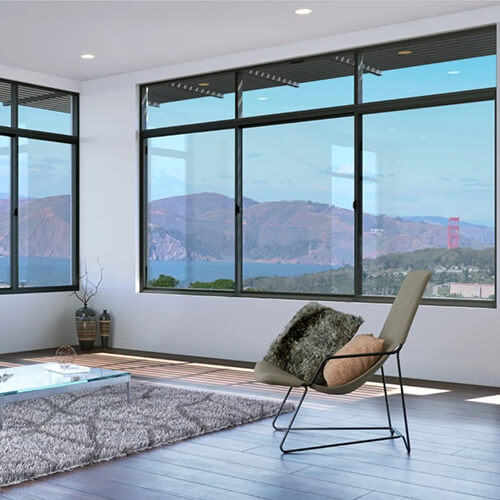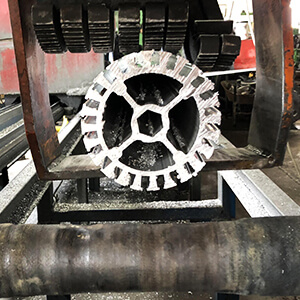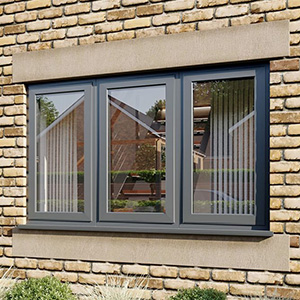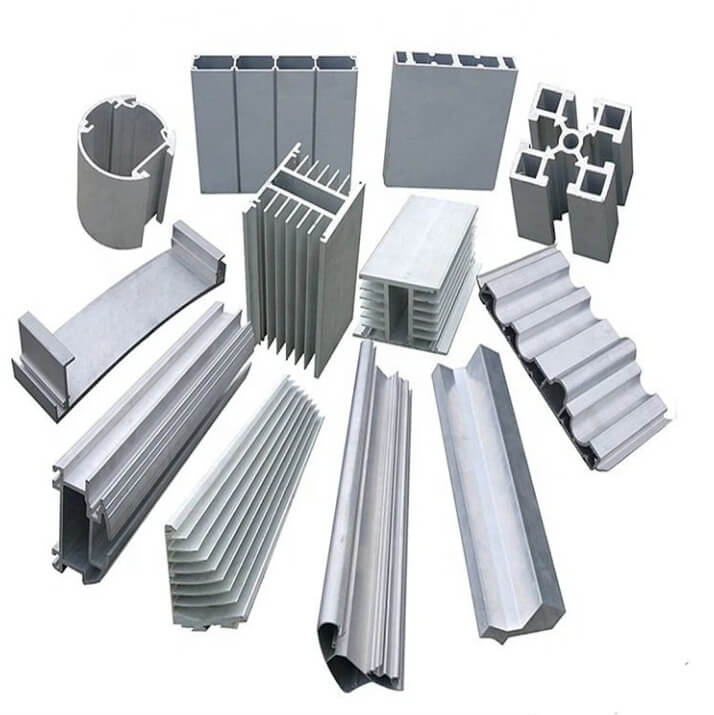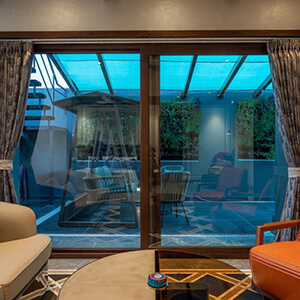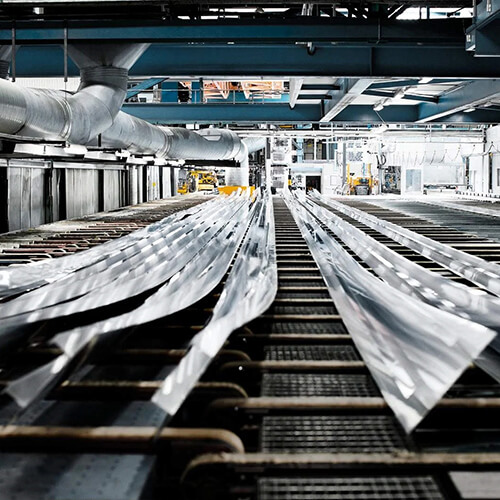
What reasons will affect the yield of aluminum extrusion products?
What reasons will affect the yield rate of aluminum extrusion? The level of mold design, production and repair, tooling equipment and process technology control, workshop management and employee operation are important factors in improving the yield rate. What needs to be added is that the machine team leader’s true recording of the original parameters of the mold during the production process has a non-negligible auxiliary role in improving the yield rate. Scientifically and rationally formulating an incentive system for production capacity and yield rate is a powerful guarantee for “improving the yield rate”.

